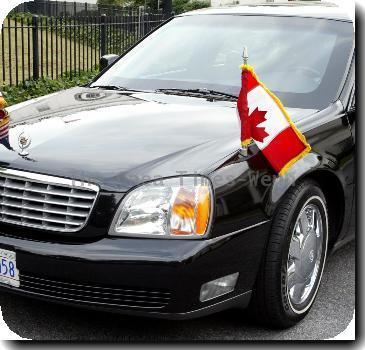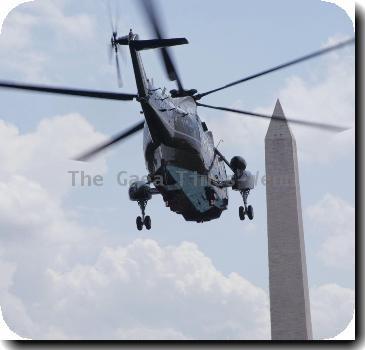US military expanding its video surveillance in Afghanistan, with drones, high-tech aircraft
By Lolita C. Baldor, APWednesday, December 16, 2009
US to expand eyes in the sky over Afghanistan
WASHINGTON — The U.S. military is adding more drones and expanding its video surveillance in the skies over Afghanistan to meet the needs of American forces as 30,000 more troops head into the war zone, a top Air Force general said Wednesday.
The bolstered eyes in the sky will come from a mix of manned and unmanned aircraft and added technology that allows each MQ-9 Reaper drone to collect 10 video transmissions and beam them back to 10 different users on the ground, Air Force Lt. Gen. David Deptula, deputy chief of staff for intelligence, surveillance and reconnaissance, told reporters.
Deptula’s comments came as Defense Secretary Robert Gates continues to press the Air Force to find ways to more rapidly provide better intelligence to the U.S. and its allies in Afghanistan.
The first troop units of the surge ordered by President Barack Obama have begun to arrive in Afghanistan, a Pentagon official said Wednesday, adding to the 68,000 U.S. forces already deployed to counter emboldened insurgents.
Pentagon spokesman Geoff Morrell said a Marine battalion ordered to move in earlier this month already has “some boots on the ground,” with the rest to be flown in before Christmas. “So the surge has begun in earnest,” he said.
Deptula provided the most detailed assessment to date of the Air Force plans to meet ground troops’ needs for more intelligence and surveillance data. He said the expanded air capabilities would be added over the next eight months.
He would not provide any details on the operation of the Air Force’s latest model of its stealth reconnaissance drones, known as the Beast of Kandahar. And he would not specify how many other drones were being sent to Afghanistan.
The aircraft reportedly resembles the much larger, swept-wing B-2 Stealth bomber, and officials confirmed this month that the military has begun using the classified, unarmed drone in Afghanistan.
According to Deptula, the Air Force also will be sending its first MC-12W piloted surveillance plane to Afghanistan this month. Six of the turboprop aircraft are operating in Iraq, and he said the Air Force plans to have a total of 30 in Iraq and Afghanistan by late summer.
In addition, he said new, high-tech video sensors, called the Gorgon Stare, are being installed on Reaper unmanned drones and will be in Afghanistan by late summer.
The new sensors will allow the Reaper to cover a much broader area, estimated at 2 1/2 square miles, and send 10 video streams to 10 different receivers with troops on the ground.
Larger ground stations would be able to receive as many as 50 video streams.
Deptula said four of the Gorgon Stare sets will be deployed in the late summer, followed by three more sets in September or October. Those three sets would have the ability to send 30 video streams to troops on the ground.
Sensor sets with even greater capabilities — as many as 65 video streams — are planned for 2014.
Because Afghanistan is such a large country, even the expanded vision of the missile-armed Reapers won’t be enough.
He said officials have not yet determined how many additional surveillance aircraft to send to the war zone.
Deptula also downplayed the difficulties in processing the expected spike in surveillance data, saying officials will shift the workload to analysis units in Korea, Hawaii, California, Virginia and Germany, and add more if needed. At the same time, he said technical changes will also help, including the use of classified computer Web sites to provide easy access to the data.
He added that the Air Force has placed liaison officers with Army brigades to help them figure out what data need.
Often, he said, combat units will say they want a high-tech surveillance drone such as a Predator or Reaper, when a much smaller Raven will do.
In other comments, Deptula told reporters that the Air Force is looking toward developing unmanned, long-range surveillance aircraft that also can carry warheads so they can be used during combat.
The Reaper is built by California-based General Atomics Aeronautical Systems Inc. and the MC-12W is built by Hawker Beechcraft in Kansas, with sensors from L-3 Integrated Systems in Texas.
On the Net:
Air Force: www.af.mil
Tags: Afghanistan, Asia, Barack Obama, Central Asia, Christmas, Military Technology, North America, Troop Deployments, United States, Washington





